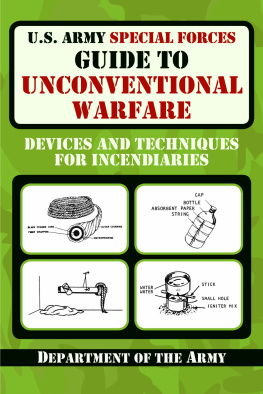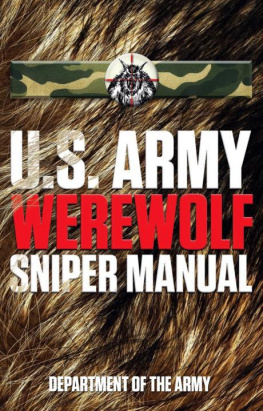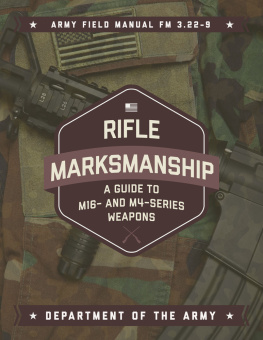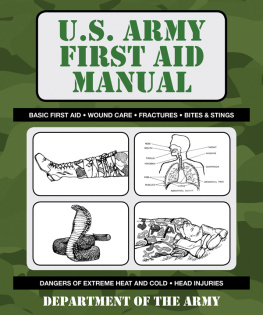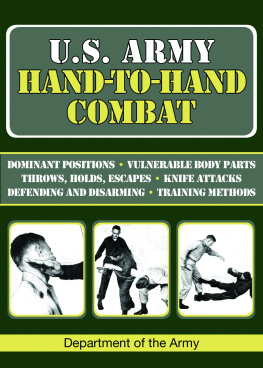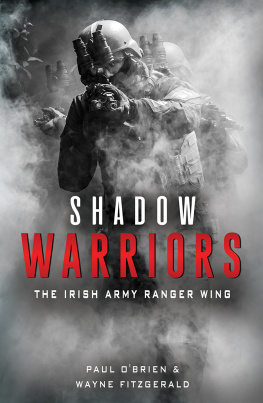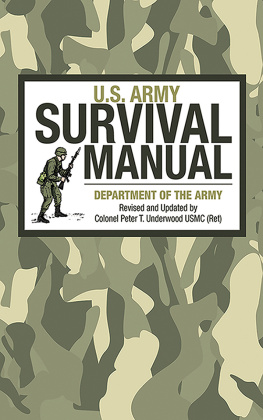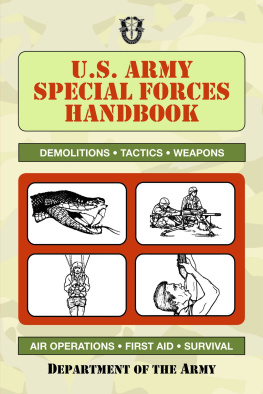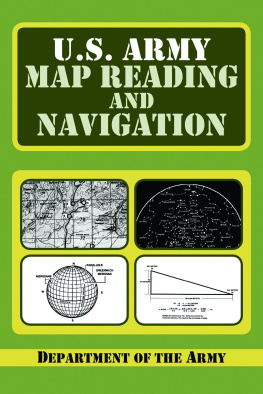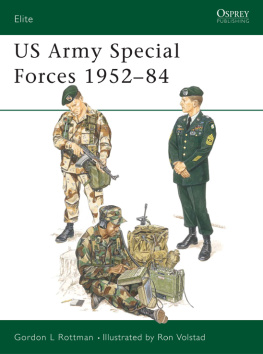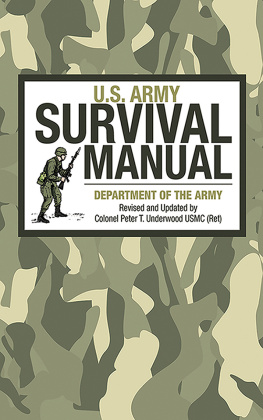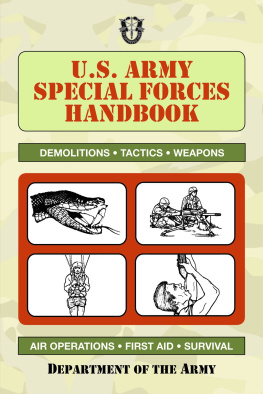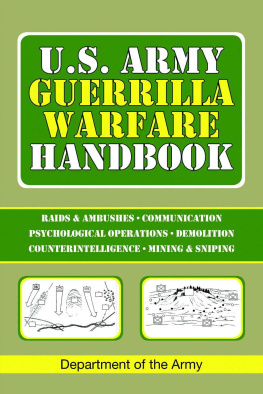Department of the Army - U.S. Army Special Forces Guide to Unconventional Warfare
Here you can read online Department of the Army - U.S. Army Special Forces Guide to Unconventional Warfare full text of the book (entire story) in english for free. Download pdf and epub, get meaning, cover and reviews about this ebook. year: 2011, publisher: Skyhorse Publishing, Inc., genre: Home and family. Description of the work, (preface) as well as reviews are available. Best literature library LitArk.com created for fans of good reading and offers a wide selection of genres:
Romance novel
Science fiction
Adventure
Detective
Science
History
Home and family
Prose
Art
Politics
Computer
Non-fiction
Religion
Business
Children
Humor
Choose a favorite category and find really read worthwhile books. Enjoy immersion in the world of imagination, feel the emotions of the characters or learn something new for yourself, make an fascinating discovery.
- Book:U.S. Army Special Forces Guide to Unconventional Warfare
- Author:
- Publisher:Skyhorse Publishing, Inc.
- Genre:
- Year:2011
- Rating:3 / 5
- Favourites:Add to favourites
- Your mark:
- 60
- 1
- 2
- 3
- 4
- 5
U.S. Army Special Forces Guide to Unconventional Warfare: summary, description and annotation
We offer to read an annotation, description, summary or preface (depends on what the author of the book "U.S. Army Special Forces Guide to Unconventional Warfare" wrote himself). If you haven't found the necessary information about the book — write in the comments, we will try to find it.
Department of the Army: author's other books
Who wrote U.S. Army Special Forces Guide to Unconventional Warfare? Find out the surname, the name of the author of the book and a list of all author's works by series.
U.S. Army Special Forces Guide to Unconventional Warfare — read online for free the complete book (whole text) full work
Below is the text of the book, divided by pages. System saving the place of the last page read, allows you to conveniently read the book "U.S. Army Special Forces Guide to Unconventional Warfare" online for free, without having to search again every time where you left off. Put a bookmark, and you can go to the page where you finished reading at any time.
Font size:
Interval:
Bookmark:
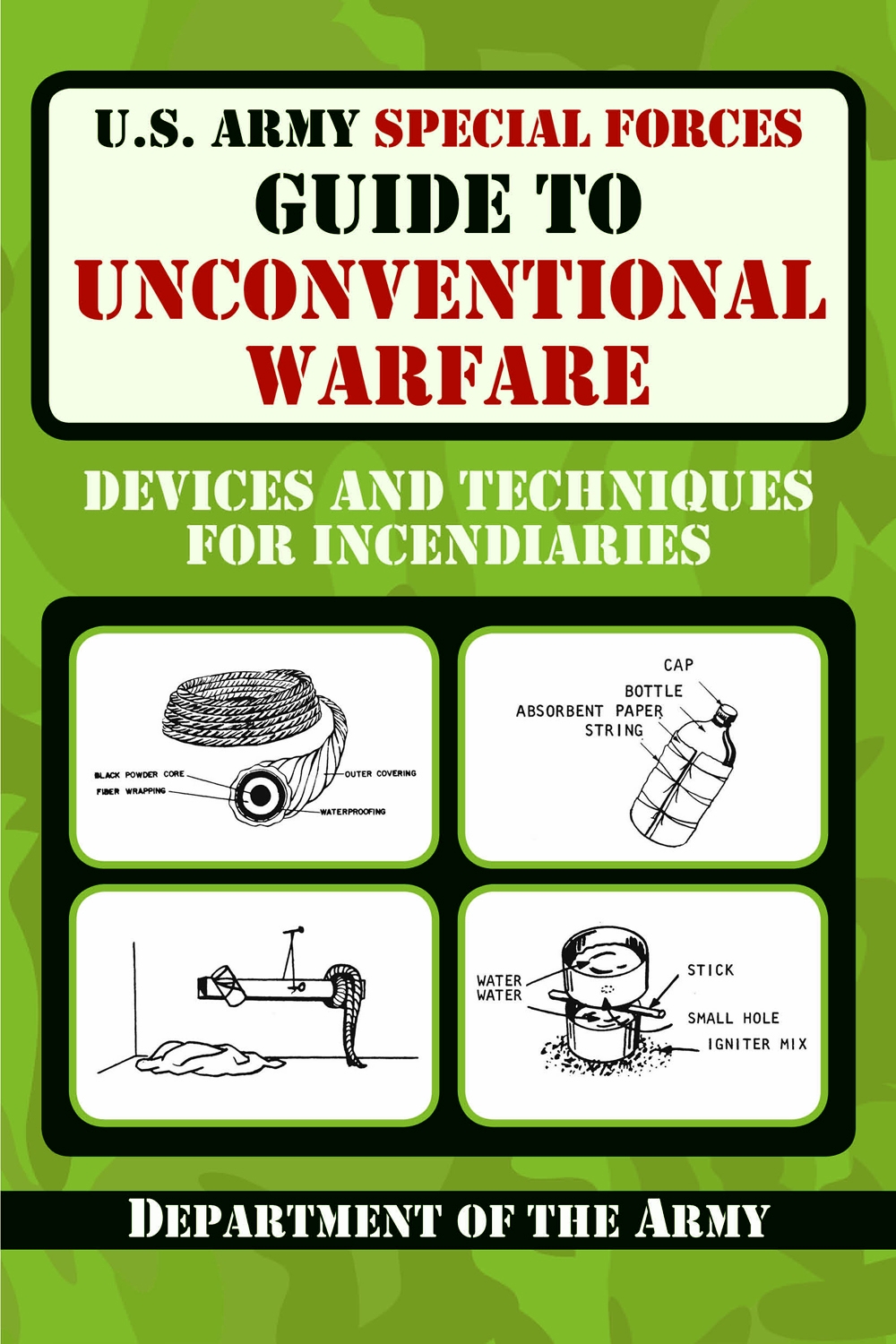
HAROLD K. JOHNSON,
General, United States Army,
Chief of Staff.
Official:
J. C. LAMBERT,
Major General, United States Army,
The Adjutant General.
* U. S. GOVERNMENT PRINTING OFFICE : 1967 O - 300-528 (7016C)
Good incendiaries can be improvised more easily than explosives and the materials are more easily obtained. On a pound for pound basis, incendiaries can do more damage than explosives against many type targets if properly used. There is a time lag, however, between the start of a fire and the destruction of the target. During this period the fire may be discovered and controlled or put out. An explosive once detonated has done its work.
Incendiaries are cheap and little training is needed for their preparation and use. Used in very carefully excuted operations, the act of sabotage may be concealed in the ashes of an accidental fire.
Fires may be started quickly and have reasonable chance of success if the following few simple principles are observed:
1. See that there is plenty of air and fuel to feed the fire.
2. Use an incendiary that supplies a prolonged and persistent heat.
3. Start the fire low in the target structure and let it spread naturally upwards.
4. Use reflecting surfaces, such as corners, boxes, shelves, to concentrate the heat.
5. Use drafts to spread the fire rapidlynear stairways, elevator shafts.
6. Protect the fire from discovery during the first few minutes by good concealment and timing.
In preparing improvised incendiaries observe basic rules of safety. Chemicals that must be powered should be ground separately with clean tools and then mixed in the indicated proportions. Chemicals or mixtures should be kept tightly sealed in jars or cans to protect them from moisture. Damp materials will work poorly if at all.
Sulfuric acid, which is useful for chemical delays and to ignite incendiaries or explosive detonators, can be obtained by concentrating battery acid. This can be done by boiling off the water in the battery acid in a glass or porcelained pan until dense white fumes begin to appear. This operation should be done out of doors and the resulting concentrated acid should be handled carefully.
The paragraphs which follow will describe the preparation of several igniter (or first fire) incendiary mixes, some basic incendiary mixes, and a thermate metal-destroying incendiary.
The subject of incendiaries has been treated much more exhaustively in other publications. The intent of this handbook is to provide only a few techniques.
Chlorate-sugar is one of the best of the first fire or igniter mixes. It burns very rapidly, with a yellow-white flame, and generates sufficient heat to ignite all homemade incendiaries mentioned in this handbook.
MATERIALS: Potassium chlorate (preferred) or sodium chlorate, sugar.
PREPARATION:
1. Grind the chlorate separately in a clean, non-sparking (glass or wooden) bowl with a wooden pestle. the resulting granules should approximate those of ordinary table sugar.
2. Mix equal volumes of the granulated chlorate and sugar by placing both on a large sheet of paper and then lifting the corners alternately.
CAUTION: This mixture is extremely spark sensitive and must be handled accordingly.
3. Wrap 4 to 6 tablespoonfuls of the mixture in thin paper so as to form a tight packet. Keep the mixture as dry as possible. If it is to be stored in a damp area before using, the packet may be coated with paraffin wax.
Chlorate-sugar is easily ignited by the flame of a match, the spit of a percussion cap or time fuse, with concentrated sulfuric acid.
If ignited when under confinement it will explode like gunpowder. If it is contained in a waxed packet, therefore, the latter should be punched through in several places before it is used with a basic incendiary and ignited.
This simple igniter burns extremely hot and will ignite even the metal-destroying thermate, described later on. The mixture itself can be lit by chlorate-sugar.
MATERIALS: Flake aluminum, finely powdered sulfur.
PREPARATION:
1. Mix 4 parts by volume of finely powdered sulfur with 1 part of aluminum powder.
To use, place several spoonfuls of the mixture on the material to be lit and add a spoonful of chlorate-sugar on top. Be sure the safety (time) fuse or other spark-producing delay system is placed so it will act upon the chlorate-sugar mixture first.
Black powder may be used for igniting napalm, flammable solvents in open containers, paper, loose rags, straw, excelsior and other tinder type materials. If it is not available already mixed, it can be prepared as follows:
MATERIALS: Potassium (or sodium) nitrate, powdered charcoal. powdered sulfur, powder
PREPARATION:
1. Into a clean, dry jar or can put 7 spoonfuls of potassium or sodium nitrate, 2 spoonfuls of powdered charcoal, and 1 spoonful of powdered sulfur. The ingredients must be at least as fine as granulated sugar. If they must be ground, GRIND EACH SEPATATELY. Never grind the mixed ingredientsthey may ignite or explode.
2. Cap the can or jar tightly and shake and tumble it until the ingredients are completely mixed.
The mixture will be effective for months if kept tightly sealed and dry. Sodium nitrate in particular has a tendency to absorb moisture.
To use the gunpowder, pile 2 or 3 spoonfuls on top of any solid incendiary material which is to be ignited. For igniting liquids in open containers, wrap 2 or 3 spoonfuls in a piece of paper and suspend it just above the liquid.
Gunpowder is best ignited by safety fuse. It burns very quickly and with a great deal of heat, so allow sufficient time delay for safe withdrawal from the vicinity.
A good ignition material for incendiaries can be obtained from the heads of safety matches, which are available almost any place. The composition must be removed from the heads of many of them to get a sufficient quantity of igniter material. It will ignite napalm, wax and sawdust, paper, and other flammables.
MATERIALS: Safety matches.
PREPARATION:
Remove the match head composition by scraping with a knife or crushing with pliers. Collect several spoonfuls of it and store in a moisture-tight container.
Put at least 2 spoonfuls on the material to be ignited. To ignite liquids, such as solvents or napalm, wrap several spoonfuls in a piece of paper and hang this just over the fluid, or place nearby. If fluids dampen the mixture it may not ignite.
Ignition can be by time fuse, fircracker fuse, a spark, or concentrated sulfuric acid.
Several igniters or first fire mixes can be set off by a spark from time fuse. Others require a stronger flame. Time fuse, plus matches, can be combined to improve this more intense initial flame.
MATERIALS: Time (safety) fuse, safety matches, string or tape.
PREPARATION:
1. About inch from the end of a piece of time fuse cut a notch with a sharp knife so that the powder train is exposed.
2. Around the fuse at this point tape or tie several matches so that their heads are in contact with each other and at least one match head is directly over the notch. See .
When the fuse burns down, a spark from the notch ignites the one match head, which flares and ignites the others. this fire starter can be inserted into an igniter mix or used alone to light crumped paper or excelsior. Another application, nonelectric firing of the 3.5 rocket, is described earlier.
Font size:
Interval:
Bookmark:
Similar books «U.S. Army Special Forces Guide to Unconventional Warfare»
Look at similar books to U.S. Army Special Forces Guide to Unconventional Warfare. We have selected literature similar in name and meaning in the hope of providing readers with more options to find new, interesting, not yet read works.
Discussion, reviews of the book U.S. Army Special Forces Guide to Unconventional Warfare and just readers' own opinions. Leave your comments, write what you think about the work, its meaning or the main characters. Specify what exactly you liked and what you didn't like, and why you think so.

